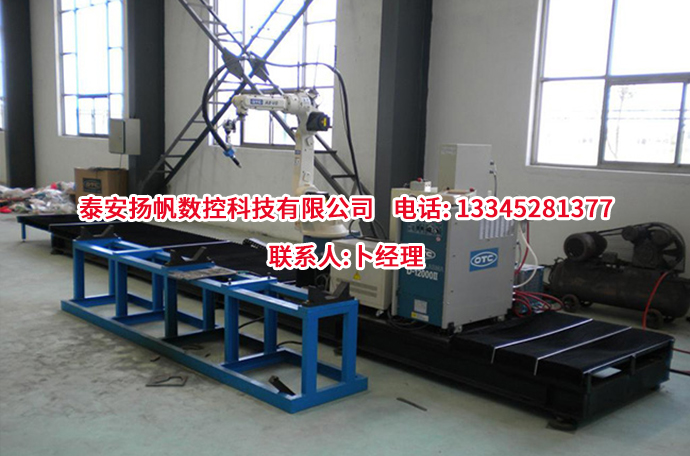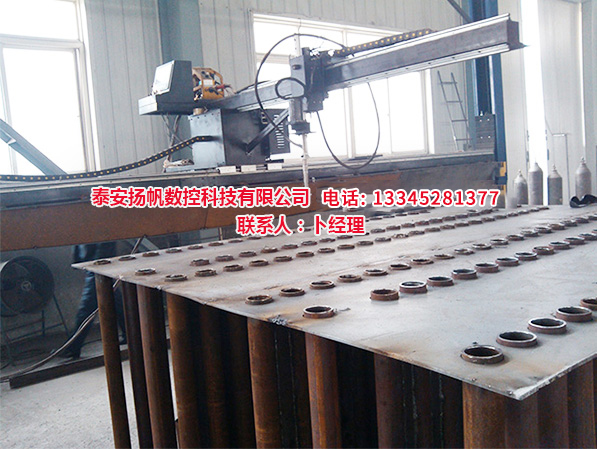?給大家聽一下自動焊機的幾點小知識
來源:http://m.hongqicables.com/ 發(fā)布時間:2021-06-03 瀏覽次數(shù):0
1.什么是坡口?
1. What is groove?
坡口的定義為:根據(jù)設(shè)計或工藝需要,將焊件的待焊部位加工成一定幾何形狀的溝槽稱為坡口,那么我們平時見到的坡口有哪些樣式呢?常用的坡口形式有I形坡口、Y型坡口、帶鈍邊U形坡口、雙Y形坡口、帶鈍邊單邊V形坡口等。
Groove is defined as: according to the design or process needs, the weldment to be welded into a certain geometry of the groove called groove, then we usually see the groove which style? The commonly used groove forms are i-groove, Y-groove, U-groove with blunt edge, double Y-groove, unilateral V-groove with blunt edge, etc.
2.焊接接頭你了解嗎?
2. Do you know about welded joint?
用焊接方法連接的接頭稱為焊接接頭,它由焊縫、熔合區(qū)、熱影響區(qū)及其鄰近的母材組成。在焊接結(jié)構(gòu)中焊接接頭起兩方面的作用。
The joint connected by welding is called welded joint, which is composed of weld, fusion zone, heat affected zone and its adjacent base metal. In welded structure, welded joint plays two roles.

一、是連接作用,即把兩焊件連接成一個整體;
1、 It is the connection function, that is to connect the two weldments into a whole;
二、是傳力作用,即傳遞焊件所承受的載荷。
2、 It is a force transfer function, that is, to transfer the load on the weldment.
3.焊縫的種類你知道多少?
3. What kind of weld do you know?
焊縫可分為對接焊縫、角焊縫、塞焊縫和端接焊縫四種。
Weld can be divided into butt weld, fillet weld, plug weld and end weld.
4.焊縫的寬度?
4. Width of weld?
指焊縫表面與母材的交界處稱為焊趾。而單道焊縫橫截面中,兩焊趾之間的距離稱為焊縫寬度
It refers to the junction between the weld surface and the base metal, which is called weld toe. In the cross section of single weld, the distance between two weld toes is called weld width
5.焊接應(yīng)力產(chǎn)生的主要原因
5. Main causes of welding stress
(1)熱應(yīng)力。焊接過程對被焊工件來說,是局部的不均勻加熱過程和不均勻冷卻過程。這種不均勻冷熱過程,會使工件中產(chǎn)生熱應(yīng)力。
(1) Thermal stress. The welding process is a local uneven heating process and uneven cooling process for the welded parts. This kind of uneven cold and hot process will cause thermal stress in the workpiece.
(2)拘束應(yīng)力。由于構(gòu)件本身或外加的剛性拘束作用,使焊接時熱膨脹不暢,引起構(gòu)件產(chǎn)生拘束應(yīng)力。
(2) Restraint stress. Due to the rigid restraint effect of the component itself or the outside, the thermal expansion is not smooth during welding, resulting in restraint stress of the component.
(3)相變應(yīng)力:焊接時,接頭區(qū)域產(chǎn)生不均勻組織轉(zhuǎn)變而引起的應(yīng)力。
(3) Transformation stress: during welding, the stress caused by inhomogeneous microstructure transformation in the joint area.














